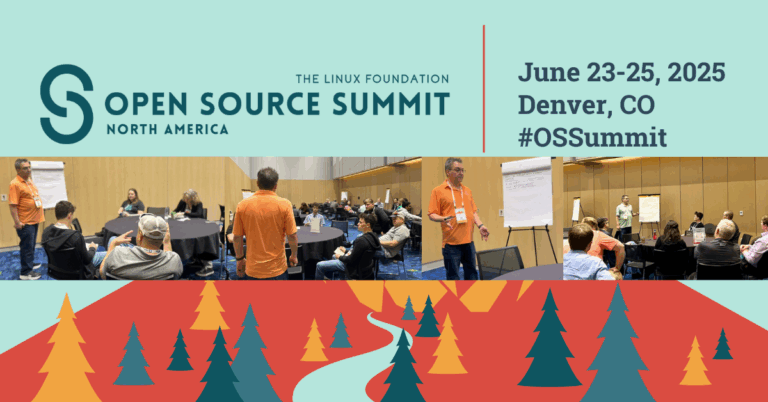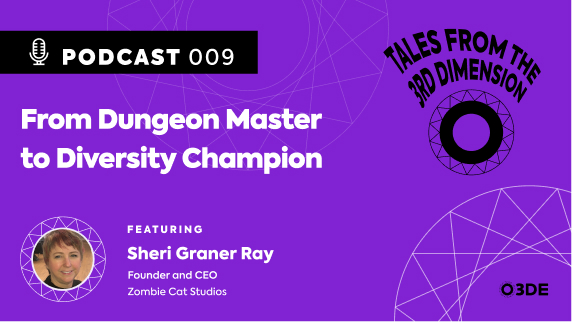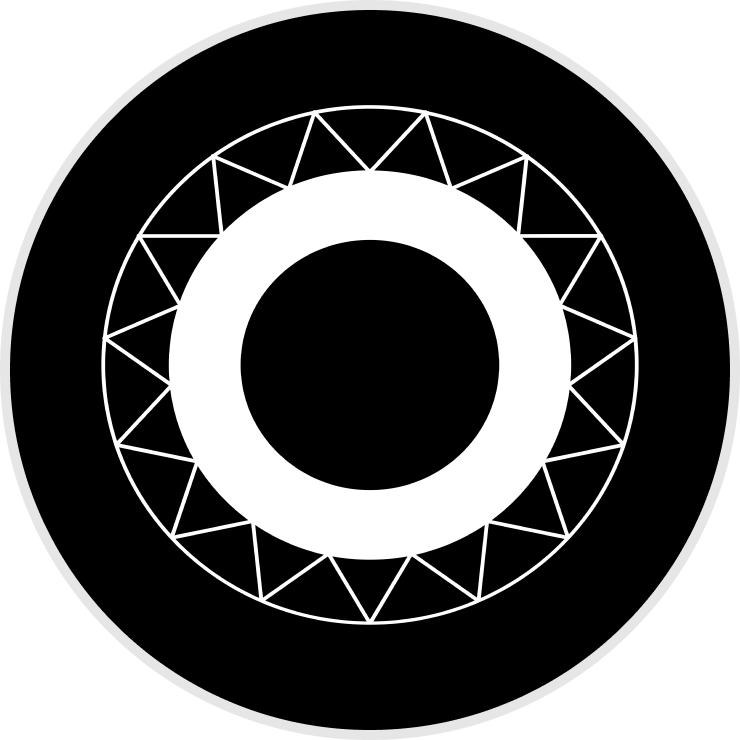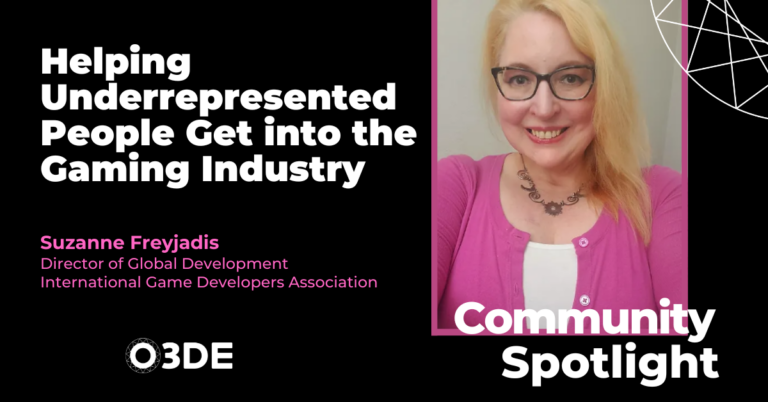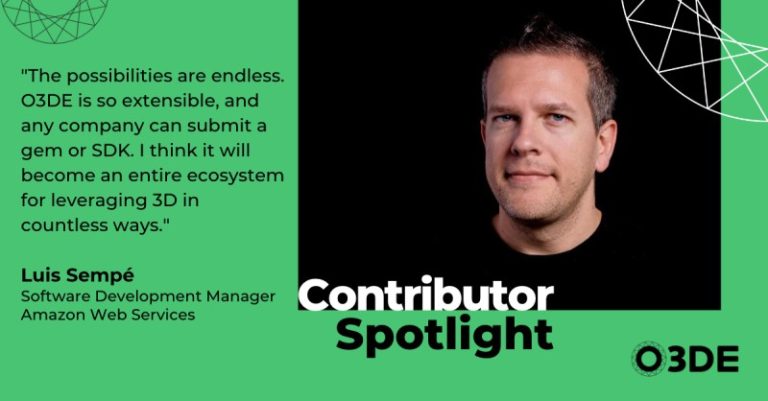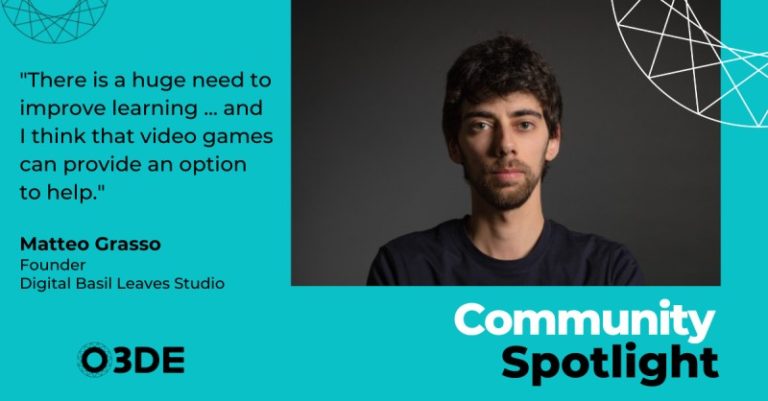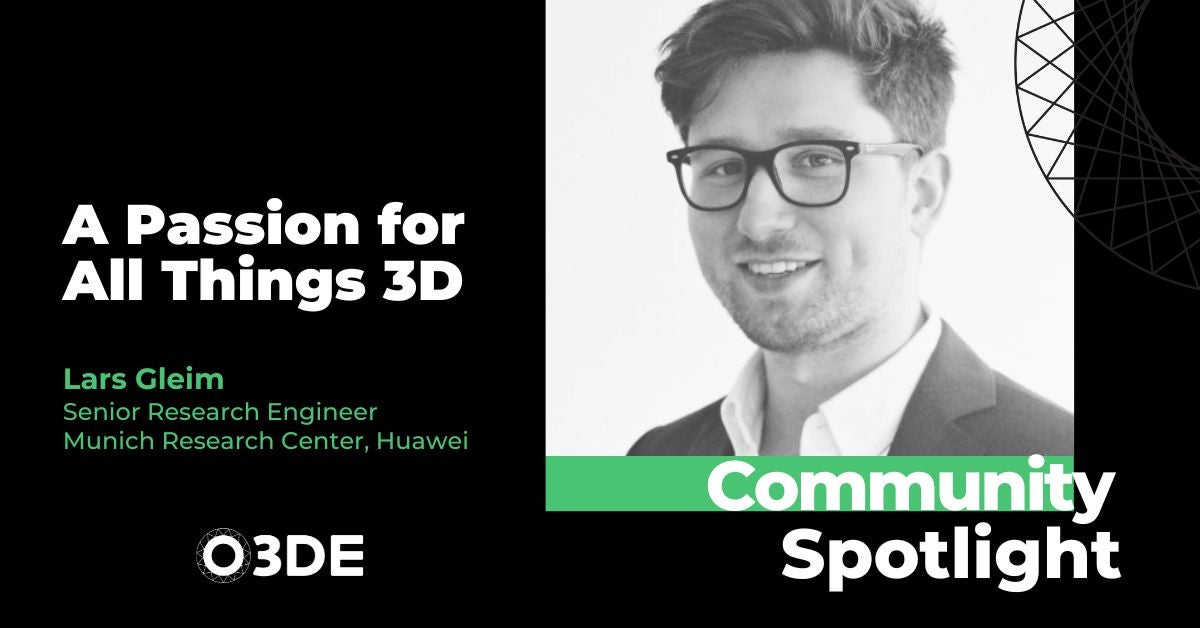
Success in 3D requires multi-dimensional talent. As a Senior Research Engineer at the Huawei Munich Research Center and Chair of O3DE SIG Simulation, Lars Gleim strives to apply his network and insights to add that depth to everything he works on. He joined us to share his passion for all things 3D—development, community, and beyond.
What is your current role?
I’m currently a senior research engineer at Huawei’s Munich Research Center in the cloud robotics lab, where we are building software for simulation and cloud-native operation of robots. As you can hear from my accent, I am German and previously completed my Ph.D. studies in computer science at RWTH Aachen University, where I was building systems and architecture for data management, basically inter-organizational cloud edge scenarios. I’m also the O3DE SIG Simulation chair.
What is your experience with open source, and what do you find appealing about working in open-source communities?
I had something that I would describe as a typical journey into open source. Initially, I benefited from open-source software as a longtime user, starting out with the best of applications, such as GIMP as an alternative to Photoshop or Notepad++, and then eventually started engaging with open-source projects through filing issues and starting conversations with the developers. I found this much more engaging than working with commercial software, where usually you don’t have any way to really interact with the support of the developers unless you have a commercial support subscription.
Eventually, when I started developing my own software, I submitted the first merge request for the launch of an open-source project, which was really encouraging because it was immediately picked up and received some positive feedback from the developers. I was able to fix bugs for thousands of users around the globe.
Then, during my Ph.D., all the contributions I made were released into open source because it’s essential for open peer review in the scientific process. It’s important to enable reuse for open collaboration across organizations for the rapid development and adoption of new technologies. Without open source, I think we would not have seen the same level of technology-driven disruption in all industries that has contributed tremendously to making life easier, safer, and more enjoyable in the last 10 to 30 years.
How did you start with 3D technologies and 3D development?
I first interacted with 3D technologies as a user when I was gaming as a student in high school. Regarding development, I started out with university coursework. When I took a class on rendering and illumination models, it was part of the coursework. I ended up working with some other students to develop our own ray tracer. That was kind of an intense start, but I learned a lot about the details of the illumination models and material models. I continued with the programming project at university, where we developed our own game engines using C++, OpenGL, and bullet physics. There, I really learned that game development is about much more than just the engine. It’s about the artists. It’s about storytelling. It’s the importance of workflows and of tooling of assets that play into this ecosystem.
Later, I worked with Microsoft’s Kinect 3D Vision Sensor and the Point Cloud Library, which is another open-source library that works with point cloud data, again using the bullet physics engine to build a solution for tracking and interacting with deformable objects.
Finally, here at Huawei, I’m working on robotics simulation, which of course, also has quite a few intersections with 3D technologies and 3D development.
Why is the success of the Open 3D Engine important to you?
Personally, I believe open-source software and open collaboration are generally an enabler for global innovation. 3D engines will only gain importance over the next several years with the emergence of the metaverse and everything that comes with it. Also, outside of gaming, for example, in the context of industrial planning or digital twins. Therefore, I believe that the Open 3D Engine has significant potential. Its success serves as an enabler for new development and operations practices. In the same way that we employ DevOps today to rapidly develop tests and develop new iterations of software, I believe that we will increasingly develop and test cyberphysical systems in simulations as well as deploy them to the real world using an integrated process. Internally, we refer to this as MetaOps. And we’re sure that more and more of this will be seen in the future of Open 3D Engine.
How is Huawei engaged in the Open 3D Foundation?
Huawei is a founding premier member of the Open 3D Foundation and is highly involved in its development. Within Huawei, several teams focus on the development of core capabilities of the engine. For example, we’re working on the global illumination system and on distributed simulation, as well as on optimizations for mobile gaming. We also have multiple R&D teams throughout the world exploring a variety of applications. My team is focused on robotics simulation work with the engine.
These projects sound exciting! Tell us a little bit about your work and if there are any other projects you’re currently working on.
The project that I’m working on is building an O3DE-based simulator for robotics that tightly integrates the ROS 2 ecosystem and the strength of Huawei’s cloud offerings. We’re focused on developing tooling that makes onboarding developers as easy as possible. And, of course, we’re also focused on how to benefit from the scalability of cloud deployments.
What is the most challenging aspect of your work?
For me and my team, collaborating with the open robotics ecosystem is a very large endeavor with many moving pieces and diverse interests. Acquiring and maintaining an overview of developments can be really quite challenging. It’s also synchronizing development, which is probably the most challenging aspect of my work.
What do you find most rewarding about your work?
Probably working with a global team of experts towards a common goal. Within the O3DE project, there are many incredibly talented people working on the forefront of technology in domains such as physics, rendering, animation, and so on. In my personal opinion, O3DE is the best candidate for the foundation of the metaverse and the future of open-source 3D engines. It has the opportunity to do for open-source 3D and simulation what Linux did for operating systems. So, I’m incredibly excited about what’s to come over the next few years.
What inspires your work, and what are you most proud of? Do you have a favorite project?
I think what inspires me about my work is that I’m continuously growing. I’m learning new things every day and have the opportunity to really make an impact by working in this field. We’re building technology for open collaboration and innovation. As I said before, I really see O3DE as an enabling platform. I’m most proud of my work on the O3DE simulator for robotics, and I believe that robotic simulation will lead to many rapid advancements in the next couple years.
How long have you been working in the Open 3D Engine community?
My company and its teams have been involved in the Open 3D Foundation since the very beginning. Personally, I’ve been involved in the community and with the engine since I joined Huawei last year. Even before the foundation was officially incubated, Huawei has been working on preparation projects and research projects, such as the AWS Lumberyard, which was the predecessor to the Open 3D Engine. There’s really a lot of experience in the company already and more being built every day.
What do you most enjoy about the Open 3D Engine and its community?
The Open 3D Engine community is incredibly welcoming and, therefore, rewarding. O3DE is a huge project with many moving pieces, and the documentation currently still has its rough edges, but there’s always someone there to help answer your questions, either in Discord or directly in GitHub Issues. There’s a lot of support—peer-to-peer support, grassroots support—and a lot of momentum to improve the engine and to get new features into it. I’ve found it really enjoyable and inspiring.
Can you describe some of your contributions to the Open 3D Engine?
There are recently merged features, for example, including the subsurface scattering shader for rendering skin and ice, post-processing filters for chromatic aberrations, as well as many hundreds of bug fixes. Also, there’s a pending merge request for multi-GPU rendering support, which some of our colleagues have been working on. And we are currently preparing contributions to the ROS 2 gem as well as many other contributions across the engine that will be announced soon.
In terms of outreach, I think I’m probably most proud of promoting O3DE within the company. While we have almost 200,000 employees and about 100,000 in R&D, we see significant potential for O3DE adoption in different verticals within the company.
Can you describe your experience using the Engine?
I’ve actually done two things with the engine. One is exploring the world in 3D using the Cesium 3D gem, a gem that allows streaming 3D files of the entire world. Basically, you just include the gem, and you have a globe of the entire world, and you can visit any place on Earth, similar to Google Earth. That was really rewarding because setting that up took about 10 minutes to get running. That was a really fun experience. Then the other thing is creating a prototype of our robotic simulation, which is honestly a somewhat rougher experience. It involves a new custom gem and integrating the build process of O3DE and the ROS 2 ecosystem. Also, the asset import process still has its rough edges, but as I said before, all of these things are actively being worked on, and I have a very positive outlook for the future of the project.
What is the most interesting project or asset that you’d like to see your company and O3DE work on in the future?
I’m already working on it! It’s the fusion of O3DE and robotics with the entire ROS 2 ecosystem and everything that comes with that. In the future, I hope that it will become an open platform for digital twins, for simulation, for integration with cloud offerings by Huawei as well as by other vendors. Basically, to build globally running solutions in an interoperable fashion. O3DE is really in a unique position as it’s the only open-source engine with this kind of corporate backing and with this kind of momentum under the Linux Foundation. So, I believe that we will see new cloud offerings, new device offerings, and entirely new products being built based on this ecosystem.
What do you see as your role in helping SIG Simulation succeed?
It’s all about growing the community, establishing transparency, and making sure that the user experience improves over time. Basically, to come up with a clear road map moving forward. Because it is an open-source project, there are different opinions about where the overall project should go. The SIG plays a really important role in moderating this. As SIG Simulation chair, my role is to help the community—essentially, to act as a moderator and maybe steer a bit, but overall, to help the community succeed.
If someone is looking to engage with SIG Simulation, where would you suggest they start, and what other suggestions do you have for them?
I think the best place to start is probably our Discord channel because there’s usually always somebody online there and a lot of the discussions take place there. There’s also SIG Simulation’s repository on GitHub under the O3DE group. We invite anybody to join our weekly meetings, where we go through the issues of the main O3DE repository, reply to them, and make sure that everything is addressed.
Looking ahead to all of the work that you’re currently doing and things that you know are coming in the future, what are you most excited about?
O3DE is a new open-source project with huge momentum. As the engine continues to mature, I’m really looking forward to more and more users and studios picking it up and to seeing the amazing real-world projects that they are going to build with O3DE.
Lars Gleim
Senior Research Engineer
Huawei
GitHub: https://github.com/lgleim
Discord: lgleim / Lars Gleim [Huawei]
LinkedIn: https://www.linkedin.com/in/lars-gleim
